On the Upper East Side, Sistina has been one of New York’s most refined restaurants for years. It is run by Giuseppe Bruno, a chef and restaurateur originally from the province of Salerno, who has built one of the most impressive wine cellars in America. We are talking about over 120,000 bottles, an inventory worth $20 million, and a recently renewed recognition from Wine Spectator, which has included Sistina among the restaurants with the best wine lists in the city.

This achievement not only reflects the journey of an Italian in New York, but also demonstrates how wine represents an experience that goes beyond the glass: culture, tradition, and hospitality. We interviewed him.
Sistina has just been confirmed by Wine Spectator as one of the restaurants with the best wine cellars in New York. What does this recognition mean to you?
It is an achievement that fills us with pride. Sistina now has over 120,000 bottles worth a total of around $20 million: a collection built up over time, with great Italian, French, and Californian wines. Ten years ago, Wine Spectator gave us an important award, which attracted many curious people to see a list that was practically impossible to find. This year, they also invited us to the Wine Experience—the dinner that brings together the 100 wines of the year and the best chefs in America. It is an exclusive event, costing $2,500 per person, and we are the only Italian restaurant among the 90 award winners worldwide.


How did your passion for wine begin, and how important is it today for Sistina’s identity?
I was born in the province of Salerno, into a family of farmers: we had olive trees and vines, and we sold our produce at local markets. My grandfather made wine, and I still remember the smell of crushed grapes from my childhood; it has stayed with me. When I arrived in New York, my nostalgia for the countryside and those smells came back strongly. I started buying bottles, one to sell and one to keep. That’s how the collection started, and I still continue it today: I simply enjoy admiring them. I soon realized that a nice plate of pasta, if accompanied by a mediocre wine, leaves no lasting impression. With a great wine, on the other hand, dinner becomes memorable. And this sensitivity is what makes Sistina a place where you don’t come to eat, but to enjoy a complete experience.
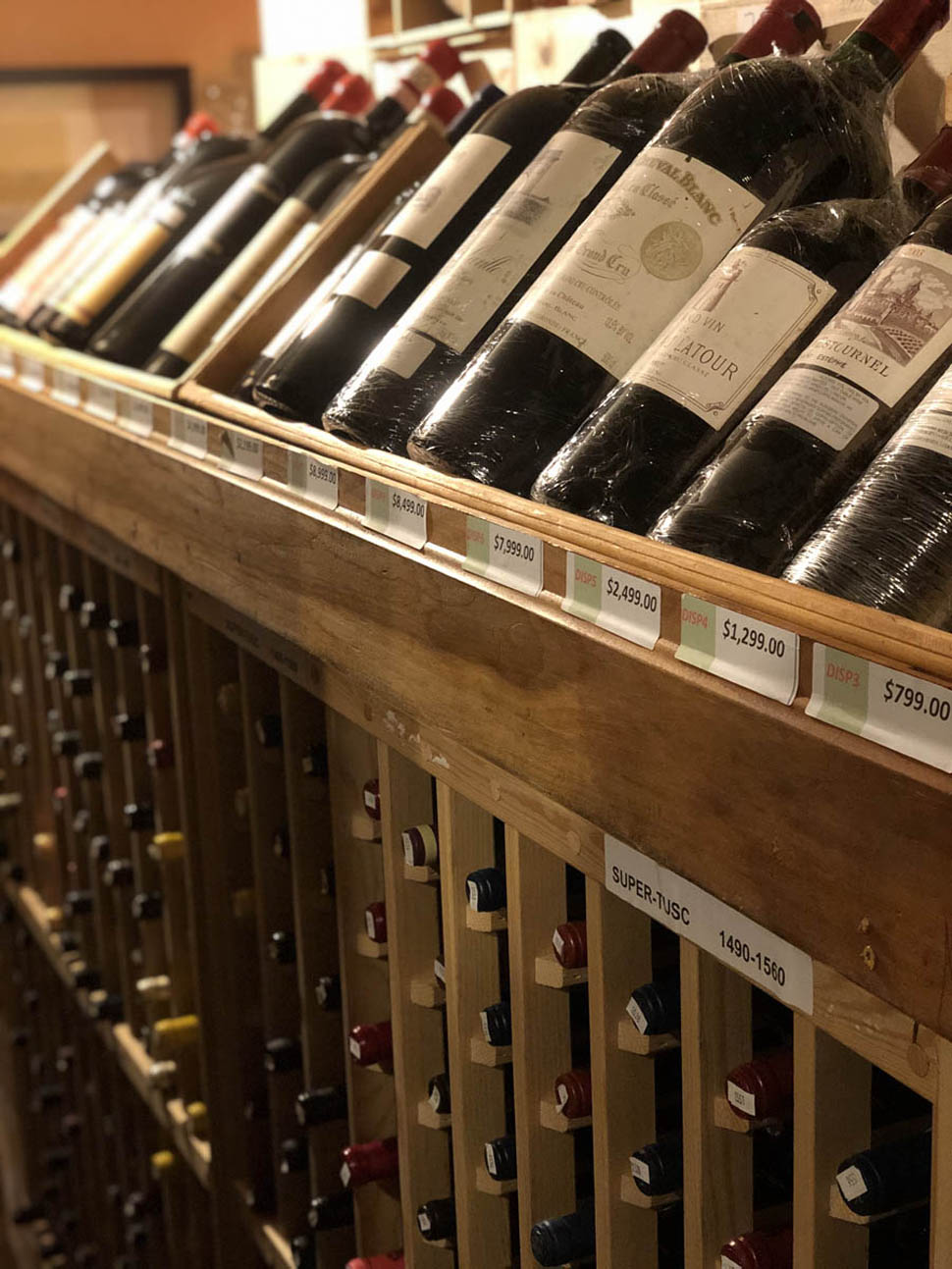
At a time when many restaurants are experiencing a decline in wine sales, you say that you are bucking the trend. To what do you attribute this success?
We are a slightly different case. Sistina and Caravaggio are restaurants for special occasions: people come to us for the wine cellar as well. Customers arrive already predisposed to discover and drink well. Selling wine requires culture and service: that’s why we decided to offer important labels such as Gaja, Tignanello, and Montrachet by the glass. It’s an investment, but it also allows younger people to try wines that would otherwise remain inaccessible.
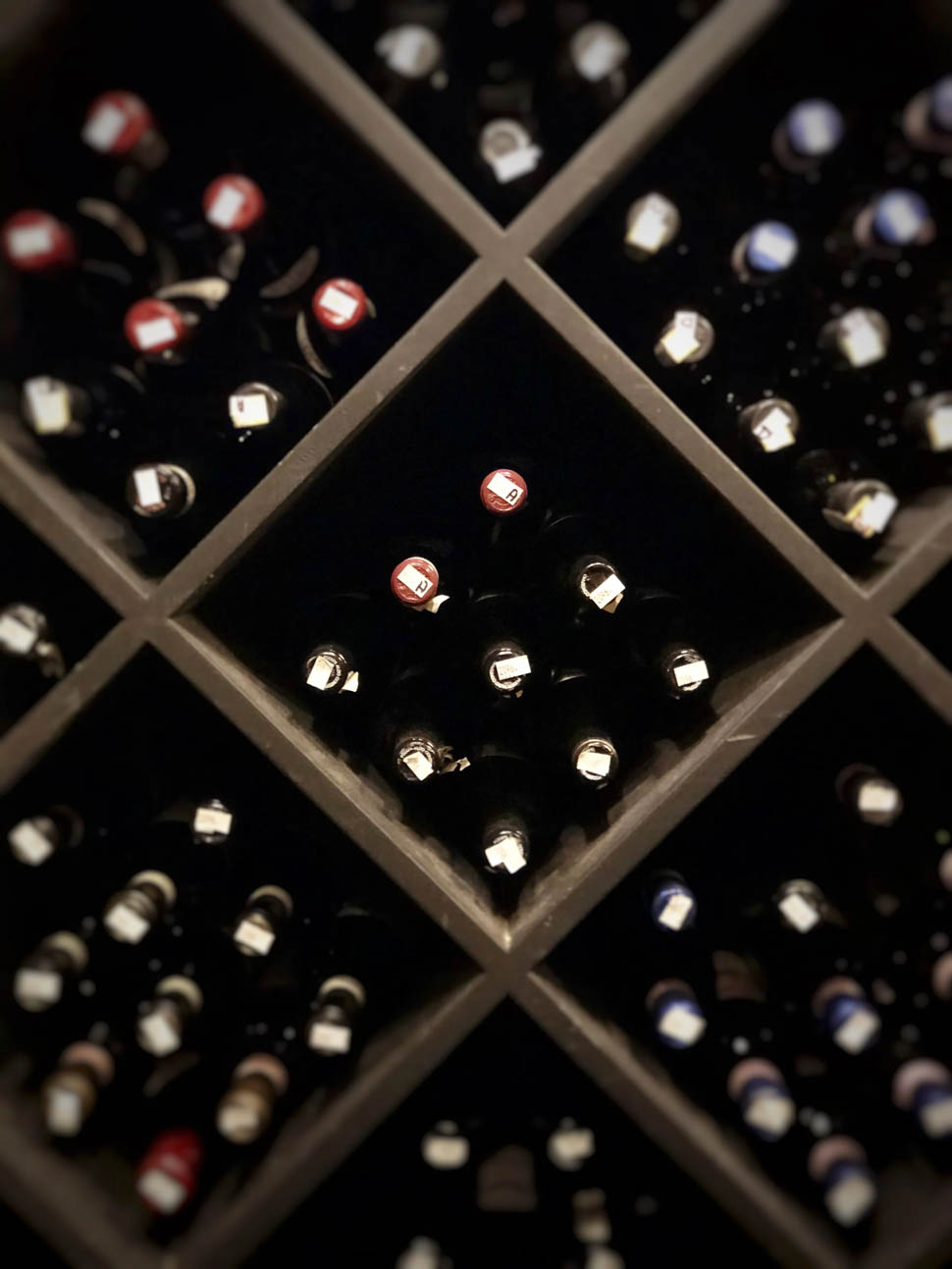
Is there a type of wine—or a wine region—that your American customers are rediscovering thanks to your wine list?
The wine list is extensive, but I would say that we are selling a lot of Champagne, which is also used in cocktails. We also do well with Piedmont and Tuscany, which have always been popular, but lately I have noticed a nice growth in Verdicchio and some Piedmontese whites: an interesting sign that surprised me.

What are the rarest or most expensive bottles you have in your cellar?
We have bottles of Pétrus worth $50,000 or $60,000, large formats of Romanée-Conti from 1990 worth up to $120,000, and old vintages of Burgundy from 1929 or 1934. And then there is a splendid collection of Conterno with labels from the 1940s and 1950s.
And what are the labels “close to your heart,” the ones that are always there and best represent your idea of Italian cuisine?
When wine and food come together well, the experience becomes memorable. I don’t think there is an absolute favorite wine: the “right” one is the one you feel like drinking at that moment. That’s the beauty of Italian wine: it’s always good, and it adapts to your mood and the dish.

In recent months, the price of some Italian products, such as pasta, has increased by up to 110%. How does this affect your offering?
We work with quality producers such as Felicetti, Di Martino, and various pasta makers in Gragnano. Everything is cooked and stirred to order. There was a scandal involving the use of non-Italian flour, and the government imposed very high taxes, which had an impact. However, we continue to focus on quality. Last June, the United Nations invited me to an event to reward me for bringing the Mediterranean diet to New York. For me, it’s natural, it’s part of my culture: I do it with wine as I do with food.
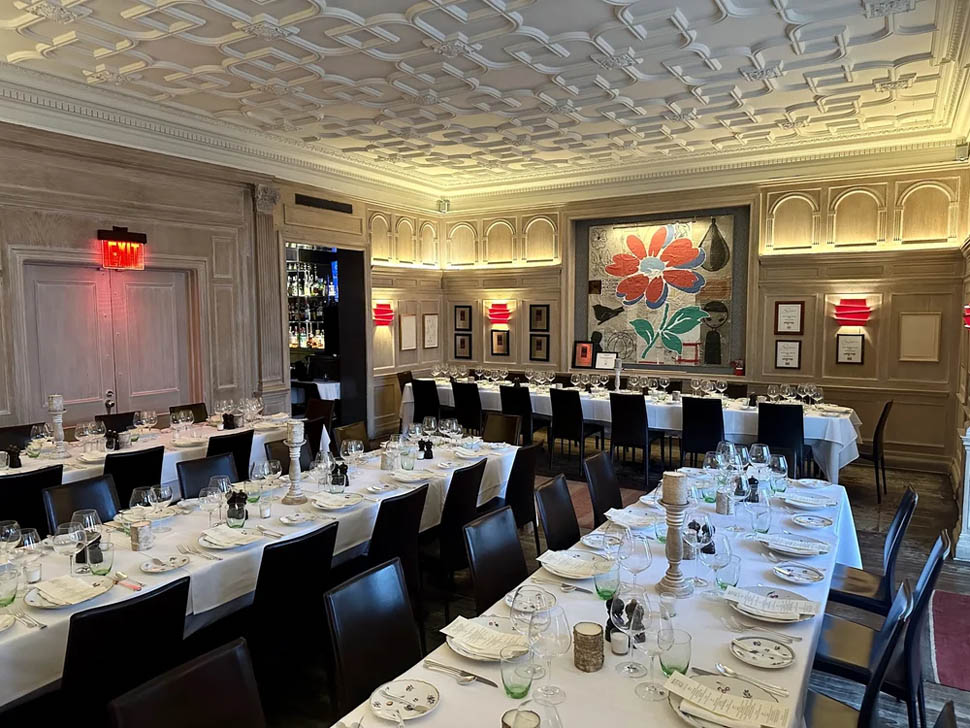
Are there other Italian ingredients that are becoming difficult or expensive to find? How does a high-end restaurant adapt to these market fluctuations?
Parmigiano Reggiano Vacche Rosse has reached very high prices; cured meats, such as 36-month San Daniele, have increased by over 20%, and even 30-month Grana Padano has risen significantly. But our clientele is high-spending: if you adjust the price slightly, they accept it. What matters is quality. I source products that no one else has, such as Sant’Ilario or Spigaroli culatelli: 400 grams cost $350. In addition, the dollar has lost strength against the euro and, adding tariffs and transport costs, products arrive with price increases of 30 or 40%. Despite everything, we will continue like this: excellence cannot be compromised.
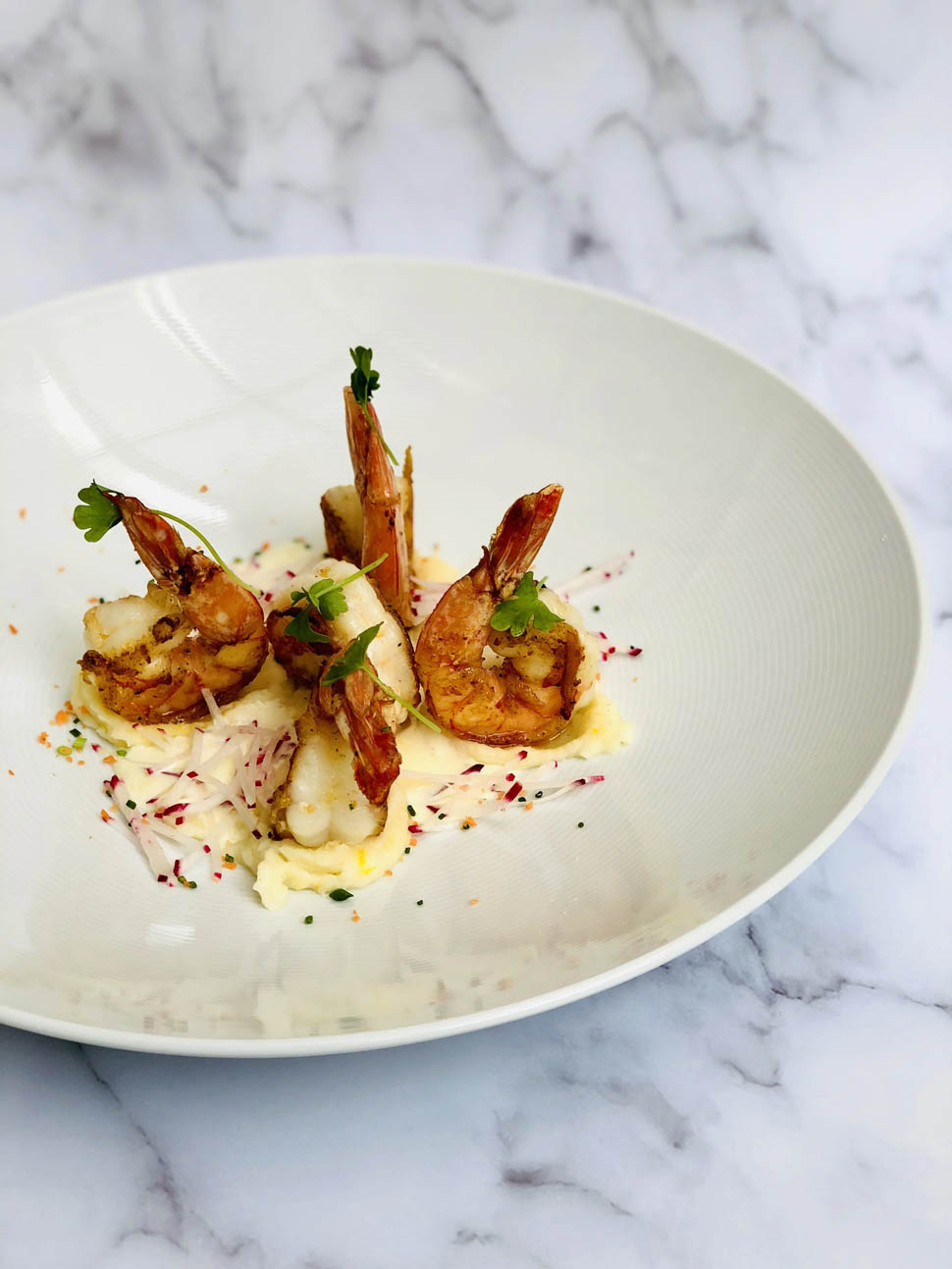
At a time when many restaurants are struggling to maintain wine sales, Sistina remains an exception. This is thanks to a vision that Bruno developed as a child, among the vineyards of the Salerno countryside, and which he continues to cultivate every day: that of a place where people come not only to eat, but to enjoy an experience that combines memory, culture, and pleasure. “The beauty of Italian wine is that it is always good,” he concludes. “It knows how to adapt to the mood and the dish.” And this simplicity, made up of deep roots and uncompromising choices, is perhaps the most precious secret kept in the Sistina wine cellar.
Contacts
24 E 81st St, New York, NY 10028, Stati Uniti
Phone: +1 212-861-7660
Website
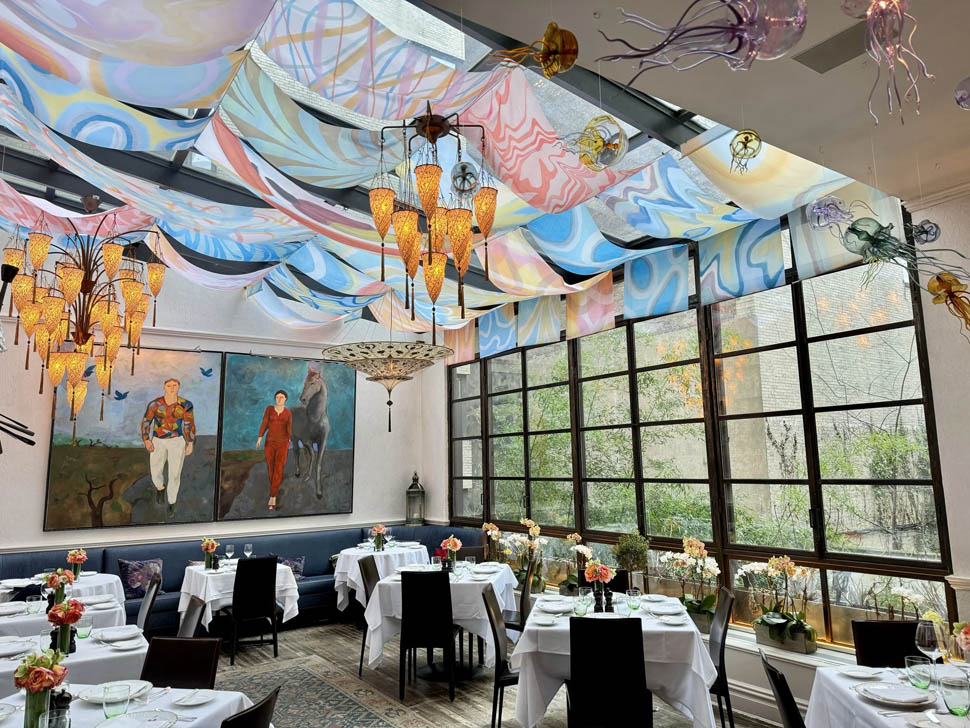


Dining and Cooking